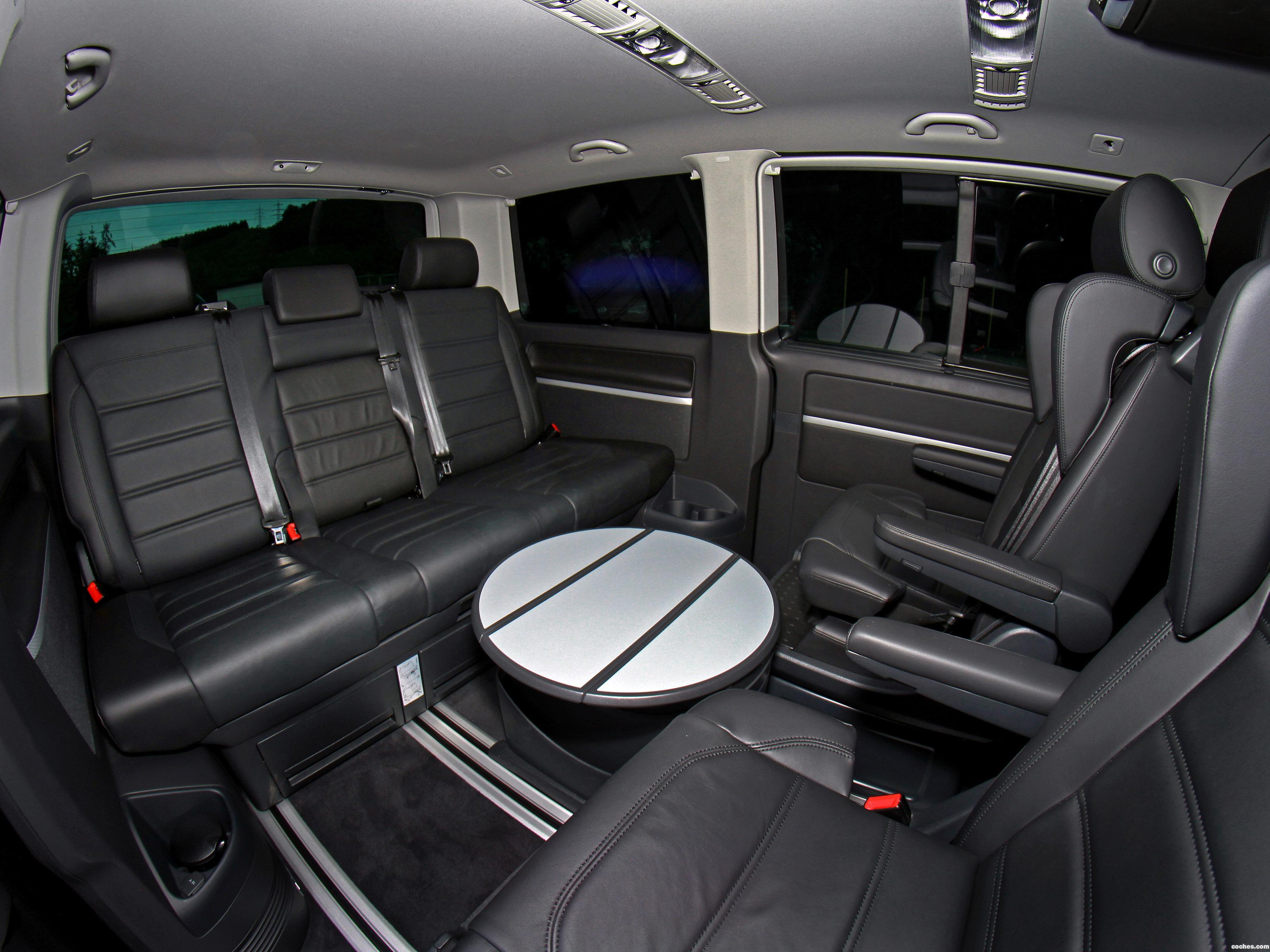

The middle pair can be rotated 180 degrees for a conference-style layout, while a multifunction table on tracks can be moved to any row. On the practicality front, sliding doors on both sides are standard, as is a seven-seat setup, with two seats in the second row and three in the third. The petrol engine is noisy, too, and the electric motor does a lot of the work when accelerating up hills or dealing with a heavy load, so you'll want to be driving with plenty of charge in the battery as much as possible. That's sufficient for a 0-62mph time of 11.6 seconds – adequate but hardly punchy. Here, it makes 215bhp, falling between the 201bhp of the Golf eHybrid and the 242bhp of the sporty Golf GTE. Thirdly – and perhaps most significantly – you can now buy a Multivan 'eHybrid' plug-in version, fitted with the German brand's familiar 1.4-litre eTSI petrol-electric hybrid engine.

Secondly, the Caravelle name has been retired in the UK, in favour of the Multivan moniker that has long been used in Europe. Firstly, it's based on the same 'MQB' platform that underpins many of VW's current passenger cars, including the Golf and Passat. For the T7 generation of the passenger version, however, there's wholesale change. The current Volkswagen Transporter van (known as the T6) is set to continue on sale for some time, before being replaced by a sister model of the next-generation Ford Transit Custom. Now, for the first time in the model's history, the passenger-carrying version isn't based on the same underpinnings as the cargo model.

The vehicle UK buyers have known for years as the Volkswagen Caravelle can trace its roots back to the iconic 'split-screen' Type 2 van of the 1950s.


 0 kommentar(er)
0 kommentar(er)
